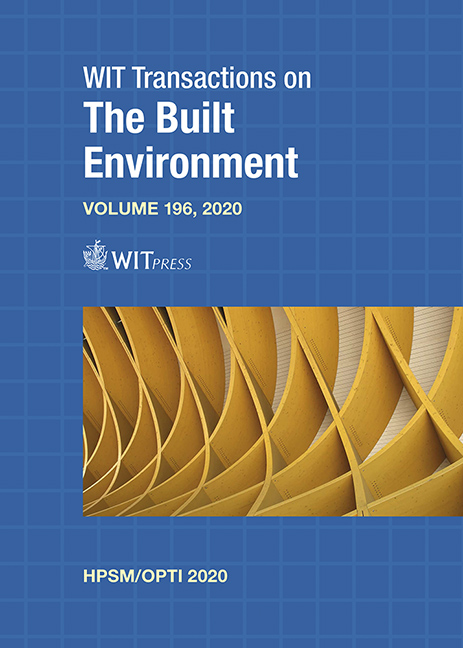EFFECT OF PRESS DISPLACEMENT ON IMPREGNATION PROPERTIES IN MELTED THERMOPLASTIC-RESIN TRANSFER MOLDING OF CONTINUOUS FIBER REINFORCED THERMOPLASTIC COMPOSITES
Price
Free (open access)
Transaction
Volume
196
Pages
10
Page Range
69 - 78
Published
2020
Paper DOI
10.2495/HPSM200081
Copyright
WIT Press
Author(s)
KAZUTO TANAKA, MOMOKA ASANO, TSUTAO KATAYAMA, MASATAKA KAWAGUCHI
Abstract
The use of fiber reinforced thermoplastics (FRTP), which has high specific strength and specific stiffness, and excellent productivity and recyclability, is expected for weight reduction of the automotive body. Structural components made of continuous fiber reinforced thermoplastic composites with excellent mechanical properties are usually manufactured by secondary processing using laminated composites of fabrics which are pre-impregnated with thermoplastics. Since this method uses high-cost intermediate materials, development of a low-cost molding method is needed. A melted thermoplastic-resin transfer molding (MT-RTM) method in which a dry fabric of continuous fiber is impregnated with melted thermoplastic using an injection-press hybrid molding machine, has been developed. In this method, to impregnate continuous fibers with matrix resin is a key technology. In this study, GF/PA6 products with different press displacement after resin injection were molded by MT-RTM, and the cross-sectional observation and tensile test of the molded product were conducted to clarify the effect of press displacement on resin impregnation. When the amount of press displacement after injection is small, the ratio of the injected resin layer becomes large, and impregnation into continuous fibers becomes insufficient. In order to produce a molded product with a low voids content without forming a resin layer, it is necessary to maintain the press displacement after injection.
Keywords
FRTP, continuous fibers, impregnation, viscosity, melted thermoplastic-resin transfer molding, press displacement





